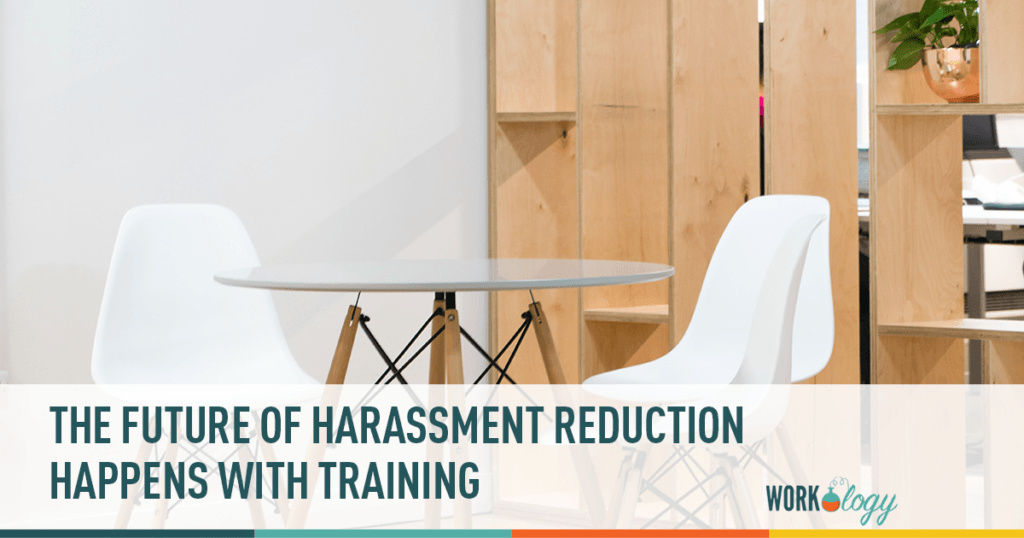The Equal Employment Opportunity Commission (EEOC) recently issued a report that talked about the state of harassment, of all kinds, in the workplace today. There are a dozen risk factors they talk about in this report that have led to an increase in harassment claims over the last several years. These risk factors are a combination of age of employees and changing workplace structure.
Risk Factors
I am not going to cover all the risk factors they feel are responsible for the increase in harassment, though I will list them. They include:
- Homogeneous workforce. “Harassment is more likely to occur where there is a lack of diversity in the workplace.”
- Workplaces where some employees do not conform to workplace norms.
- Cultural and language differences in the workplace. “Workplaces that are extremely diverse also pose a risk factor for harassment.”
- Coarsened social discourse outside the workplace. “Events outside a workplace may pose a risk factor that employers need to consider and proactively address.”
- Young workforces. “Workers in their first or second jobs may be less aware of laws and workplace norms.”
- Workplaces with “high value” employees. “Senior management may be reluctant to challenge the behavior of their high-value employees.”
- Workplaces with significant power disparities.
- Isolated workplaces.
- Workplaces that tolerate or encourage alcohol consumption.
- Decentralized workplaces. Workplaces where corporate offices are far removed from front-line employees or first-line supervisors.
The ones I wanted to point out in particular deal with age and the changing nature of the way business are run.
Age Factors
In this list factors #4, #5, #6, and #9 are closely linked with the age of employees. As more and more younger employees are introduced into the workforce companies seem to be falling down on their responsibilities to train these workers in proper and legal workplace behavior and etiquette. Millennial workers have grown up in an era where language, dress, respect and behavior are different from previous generations. I am not making a value judgement here, but the laws by which we have to govern our workplaces were made in the past and reflect different expectations of appropriate behavior. Since HR has to live by those laws we need to make sure that new employees are trained in what behaviors are expected in the workplace and not just assume that they come prepared to handle the new rules they will have to operate by.
Changing World of Work
Risk factors #2, #6, #8 and #10 deal with structural issues of how companies are run. Remote offices, isolated jobs, how “rainmaker” employees are managed and changing social mores all increase the risk that harassment may occur. HR has the responsibility for being aware of how these factors may increase the opportunity for harassment to occur and to then provide training to management and employees alike in order to safeguard everyone. Awareness is a very good start to prevention.
William Tincup even suggested an off the wall idea of offering bounties to report wrong doing, much like the government offers whistleblowers a financial reward for reporting financial wrong-doing in public companies.
So if you want to prevent, or at least reduce harassment in your companies in the future, understand the risk factors and plan training to mitigate the problem.
Thanks to Christopher E. Cobey, Marissa Dragoo, and Kevin O’Neill of Littler Publications for the inspiration for this post.









